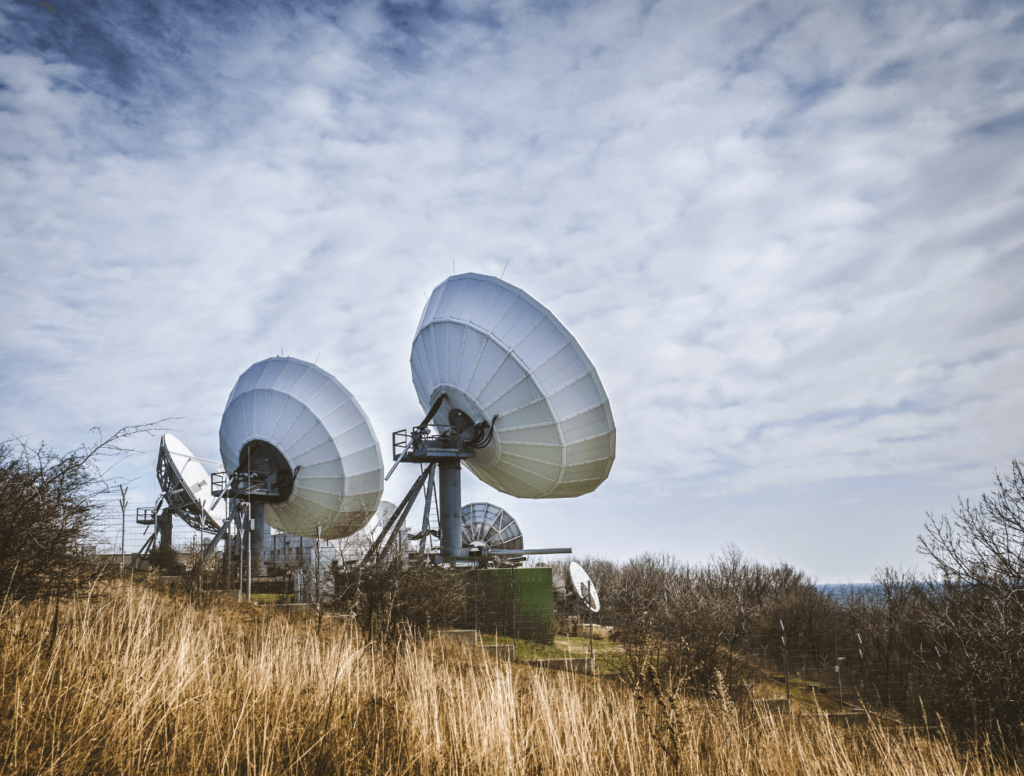Standard, industrial, and enterprise-class drives are different classes of hard disk drives (HDDs) or solid-state drives (SSDs)—each designed for specific use cases and environments. Under the conditions for which they were created, users can expect reliable performance from each type of drive. However, neither a standard SSD nor an industrial SSD is designed to perform at the same level for as long as an enterprise SSD. Each class’s capabilities, applications, and capacity also vary. In this post, we outline the primary differences between standard, industrial, and enterprise storage. Read on to learn which makes the most sense for your company’s data.
Factors that Determine Whether Drives Are Classed as Standard, Industrial, or Enterprise
Before we delve into the specific features of standard, industrial, and enterprise drives, let’s first outline the factors determining classification. Classification depends on a drive’s ruggedness, capacity, applications, and Drive Writes Per Day (DWPD). Performance, reliability, cost, and additional features also set one class apart from another. The device into which the drive will be inserted—i.e., a personal laptop or a server—also determines whether you require a standard, industrial, or enterprise drive. These physical characteristics are often referred to as “form factors.”
Standard or Commercial Class Drives

Commercial or standard drives are consumer-grade drives designed for everyday use in home computers, laptops, and other personal devices. They offer reliable performance for general computing tasks but are less robust and reliable than industrial or enterprise drives. Standard drives do not have the same ability to handle heavy workloads typically associated with industrial applications.
How Many Drive Writes Per Day Do Standard Drives Offer?

As noted above, Drive Writes Per Day is another benchmark against which drives are measured. Drive Writes Per Day (DWPD) is a measure used to express the endurance or lifespan of a solid-state drive (SSD).
It represents the number of times you can write the entire capacity of the SSD to the drive per day over the course of the manufacturer’s warranty period. According to this article from TechTarget, the ability to write the drive’s entire capacity “becomes unreliable” after the warranty has ended. As such, we recommend checking each drive’s warranty before purchase.
DWPD is an important metric for assessing how well an SSD can handle write-intensive workloads. For example, data center environments would require that all drives are durable, have high capacities, and boast excellent security features. In those environments, one would demand either enterprise or industrial drives—not standard.
Unlike enterprise and industrial, standard drives are designed for light to moderate workloads—like everyday computing tasks and gaming. These basic operations do not necessitate a high DWPD. The DWPD for consumer SSDs usually ranges from 0.1 DWPD to 0.3 DWPD. This means that you can write between 10% and 30% of the drive’s capacity to it every day until the warranty period ends and the drive’s performance declines.
While standard drives lack the features and capacity of enterprise and industrial drives, it’s important to note that they are the most affordable of the three types.
Industrial Class Drives

Industrial drives are designed for use in rugged environments with more demanding conditions—i.e., temperature fluctuations, vibration, and shock. They often come with extended warranties and are built to withstand harsher conditions—offering higher reliability, better performance, and superior durability when compared to standard drives.
For example, most standard drives have a 0-60°C operating temperature range, which means that they function reliably within this temperature range. HDDs also have a non-operating temperature range, which is usually wider than the operating range.
A standard drive’s non-operating temperature range is typically between -40°C and 70°C. Standard drives can be stored or transported at the higher and lower bounds of this temperature range but not actively used. Of course, both operating and non-operating ranges will vary depending on the specific drive model and manufacturer.
Alternatively, industrial drives are specifically crafted to operate and be stored in extreme temperature conditions. Operating temperatures range between -40°C and 85°C while the non-operating range is even wider. To this point, DIGISTOR clients have placed our industrial SSDs in satellites that use those drives up in the demanding environmental characteristics of orbital space. Standard drives do not offer such protection from these extremes.
Other Features of Industrial Drives

Beyond temperature fluctuations, industrial drives can withstand shock and vibration. As such, other industrial applications include military aircraft and heavy equipment often found in manufacturing facilities.
Industrial drives are also built to handle more DWPDs over their lifespan, which usually means that they have longer warranties than standard drives. Of course, industrial drives are more expensive than standard drives due to their enhanced durability and reliability features.
Those who need drives that can withstand such conditions while ensuring optimal performance should request either industrial or enterprise drives. But what is enterprise storage?
Enterprise Class Drives

Last but not least, we have enterprise drives, which are engineered for use in data centers, military vehicles, and enterprise-level applications where data security, speed, and constant uptime are critical.
Users can expect a DWPD rating of 1 to 3 during an enterprise drive’s warranty. This means that users can write the entire capacity of the drive to it once every single day during that period without exceeding its expected endurance.
Enterprise drives come with advanced features like enhanced error correction, power loss protection, and optimized firmware. To this point, we often supply enterprise-class SSDs to clients with servers at the tactical edge—i.e., rugged laptops used to execute military missions in the battle zone.
Enterprise Drive Limitations
However, we must add that enterprise drives usually cannot withstand extreme temperatures in the way that industrial drives can. Some enterprise drive manufacturers do offer extended temperature ranges, so be sure to check with your supplier before purchase.
Cost can also be prohibitive, as enterprise drives offer the most advanced features. One might select an enterprise drive over an industrial drive if one prioritizes endurance, performance, and data security over reliability in extreme environments.
Final Thoughts

Your unique data storage and processing needs will determine whether a standard, enterprise, or industrial drive makes the most sense for your device. For further help determining which best suits your needs, keep an eye out for our upcoming article about choosing the right storage for your application.


Recent Comments